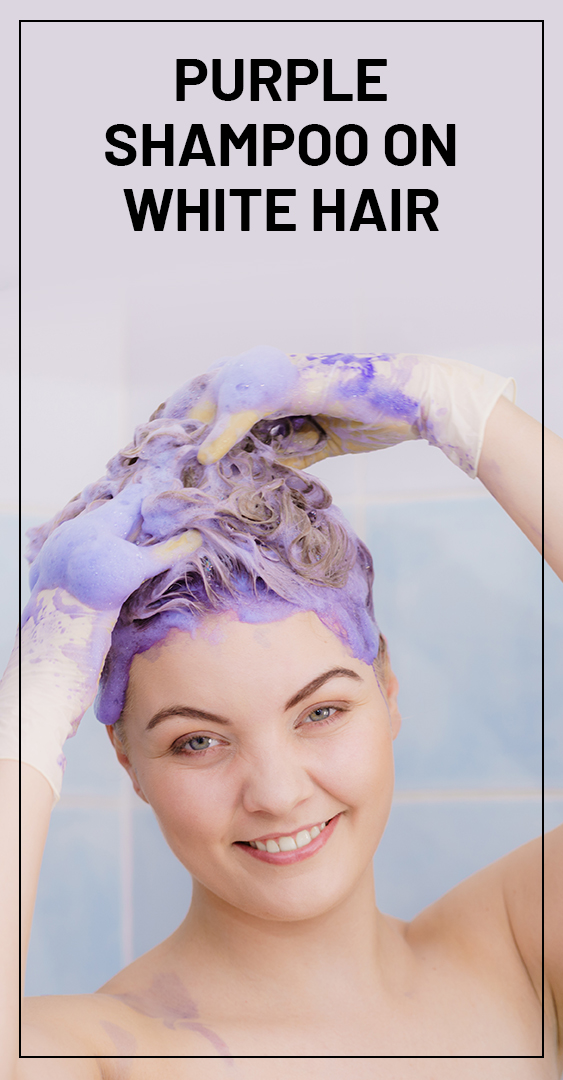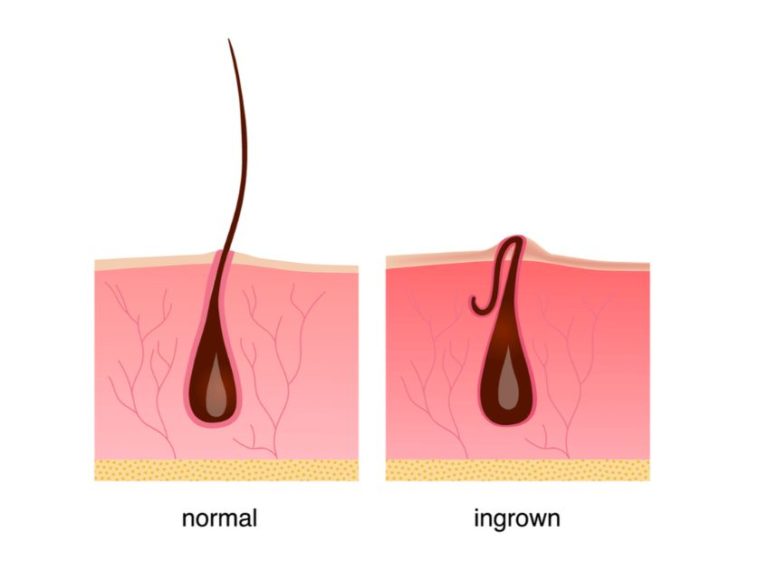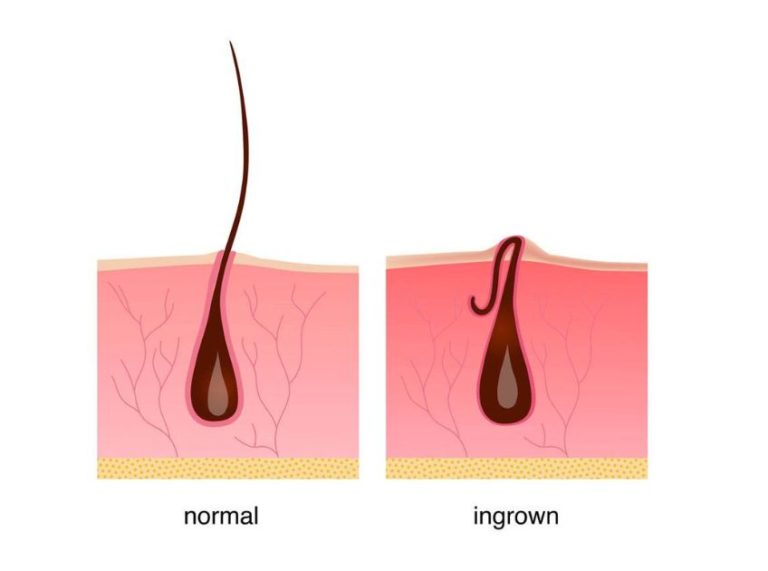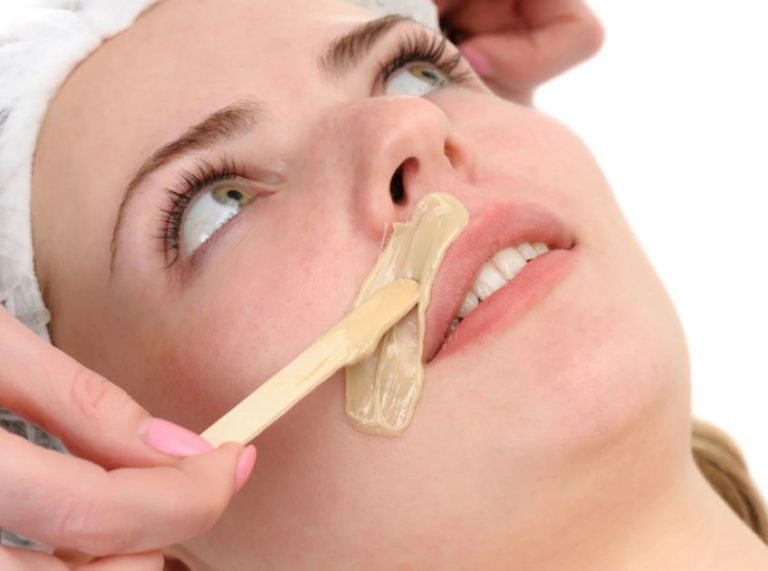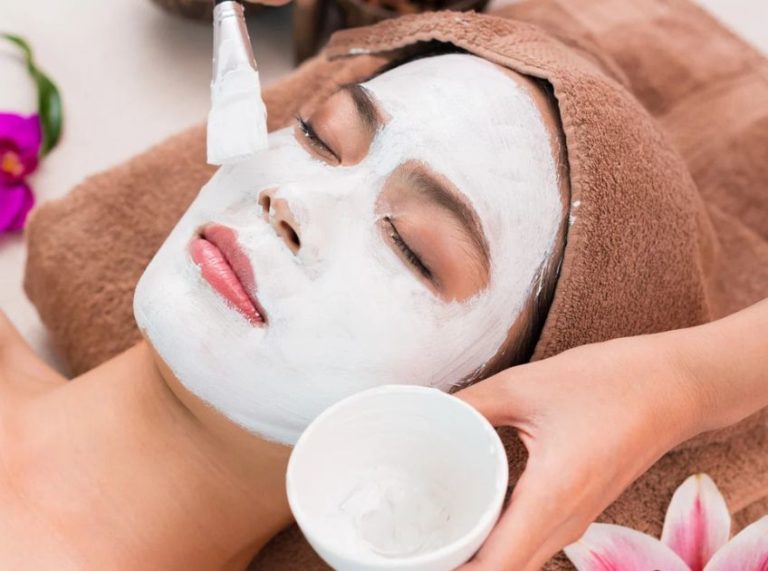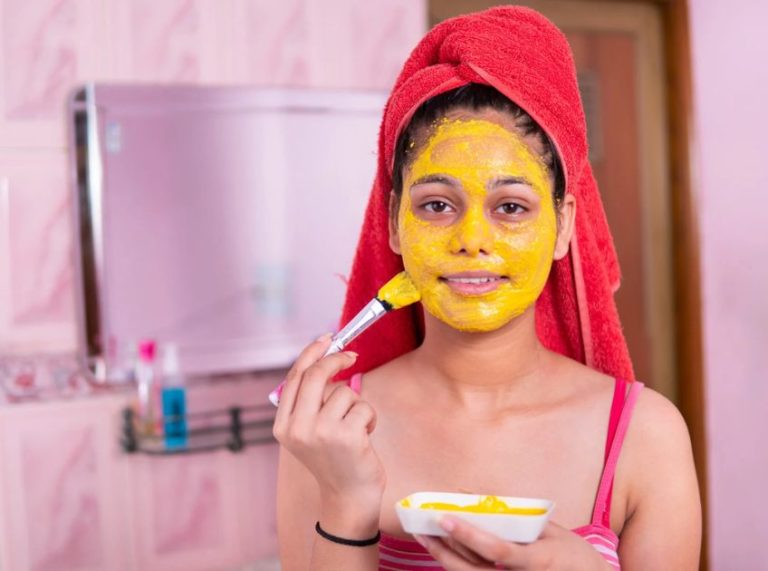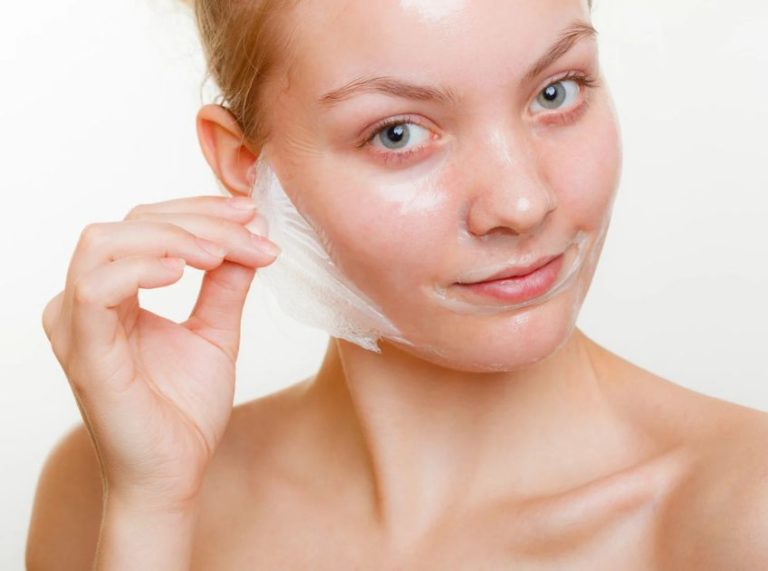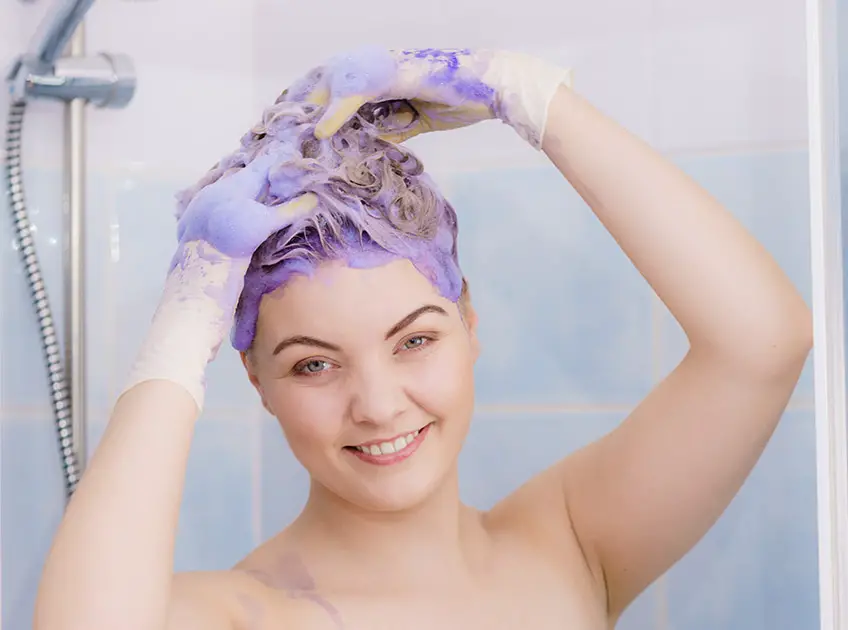
Important: This article is for informational purposes only. Please read our full disclaimer for more details.
Have you ever bleached or allowed your hair to naturally become white? Another problem entirely is preserving the naturally luscious volume and shine of white hair. But the brassiness is the main point of contention. Brassiness is the unwelcome warm hue and tones that typically appear on blonde, white, or grey hair. This may give the hair a dull, dusky appearance throughout, which may turn some people off.
Purple shampoo is typically suggested as a remedy for this. What exactly is purple shampoo, and why should white hair use it? Here, we break down of the advantages, justification, and application of purple shampoo on white hair for you.
What Is Purple Shampoo?

The shampoo is made especially for hair that is blonde, grey, platinum (white), or sliver. It is a shampoo with a violet tint that removes brassy, yellow, orange, or red tones. It is a fantastic at-home hair product for enhancing the lustre and shine of your white hair. To balance out brassy yellow and orange tones in bleached or blonde hair, hairstylists frequently add a purple tone. Purple shampoo is the most effective at-home method for toning hair and preventing brassiness.
Why Use Purple Shampoo On White Hair?
White hair is susceptible to damage and brassiness from a variety of sources, including toxins, chlorine contact, heated styling tools, and prolonged sun exposure. These may give the hair a lifeless appearance, which has an impact on one’s confidence. Additionally, if you’ve bleached and coloured your hair white, and it starts to look brassy after a while. It’s because the colour of your hair has begun to fade and become damaged.
The purple on the colour wheel is in opposition to the yellow, to use a straightforward example. Purple cuts out yellow in the chart because it is directly across from it. In other words, when your white hair turns brassy, it usually takes on a yellow hue, and the pigment in purple shampoo will help to lessen the yellow tones and tones in order to restore a nourishing and shiny white.
Factors That Affect Your Use Of Purple Hair
The use of purple shampoo on your white hair is typically governed by three main factors which are:
- Hair Porosity: The ability of your hair to absorb and hold moisture is referred to as hair porosity. Your hair’s porosity influences how easily moisture and oils can enter and leave the cuticle, the outermost layer of your hair. You should use purple shampoo less frequently as your hair becomes more porous. This is due to the fact that your hair will absorb its colour, temporarily turning it from white to purple.
- Amount Of Dark Hair: Similar to how purple shampoo won’t work on dark grey hair, white hair mixed with a lot of coloured hair won’t work either (whether natural or dyed). Hold your “shampoo” because using the purple variety won’t have much of an effect on your whites if you’re on the path to becoming white haired but aren’t quite there yet.
- Witness level: Purple shampoo won’t work if your white hair is below level eight. Your hairdresser can offer advice if you’re unsure of what classification your white hair falls under.
[ Read: How To Use Neutral Protein Filler ]
How To Use Purple Shampoo On White Hair?
Take a look at these guidelines on how you should use your purple shampoo on your white hair:
- Find The Perfect Thickness And Consistency: Your purple shampoo should not be transparent; it should be thick and opaque. It will be easier to apply shampoo to the hair properly if the flow is consistent and not runny.
- Get A Darker Purple For Your White Hair: The purple shade you should choose for your white hair can be discussed with your salon. An observation: For white hair, purple should ideally be darker.
- Use Warm Water For Your Hair: It is recommended to give your scalp a good rinse before using shampoo. Due to all the pollution and dust, the scalp may have clogged pores and dirt. Gently washing with warm water helps to clean and open clogged pores.
- Applying The Shampoo Thoroughly: To avoid causing further damage to your hair, make sure to thoroughly massage your scalp and roots with the shampoo. Observe the brassy areas and give your hair a good massage.
- Keep The Hair For Good 30 Minutes: The timing of the white hair is debatable, but it should be kept for at least 30 minutes. Depending on your hair, you can consult a salon or your hairdresser about how long to keep the shampoo.
- Rinse And Condition: Use your usual conditioner and rinse the hair with cold water after 30 minutes. If you want an ashy tone, purple shampoo and conditioner together can produce it, which is great.
- Maintain A Schedule: Keep a balance to preserve the lustre and shine of your white hair. Once a week is ideal, though switching days might also work. Take note of the brassiness and yellowish undertones, and then use shampoo only. Maintain a note and make a schedule.
Upkeep and maintenance of your whites are difficult in fact, neither whites’ clothing nor hair are simple. They have a good list of maintenance requirements, but if one can keep up with it, it does produce positive outcomes. As a result, maintaining your white hair can be a little pricey, but the results are worth it in the end.
You Might Also Like:
- How To Get The Purple Shampoo Out Of Your Hair
- 5 Best Purple Hair Dye For Dark Hair
- How To Lighten Purple Hair To Lavender
- 7 Best Purple Shampoos For Silver Hair
- What Happens If You Leave The Purple Shampoo on Your Hair Too Long?
- How To Keep Purple Hair from Fading
- 10 Best and Effective Homemade Hair Masks for Hair Fall Control
- How To Get Blue Out Of Hair
- 2 In 1 Shampoo And Conditioner
- Blue Shampoo vs. Purple Shampoo
- Does Clarifying Shampoo Remove The Color
- Best Sulfate Free Purple Shampoo
- Why Should You Go For Antifungal Shampoo
- 7 Best Colors For White Hair
- 7 Best Purple Shampoos For Balayage
